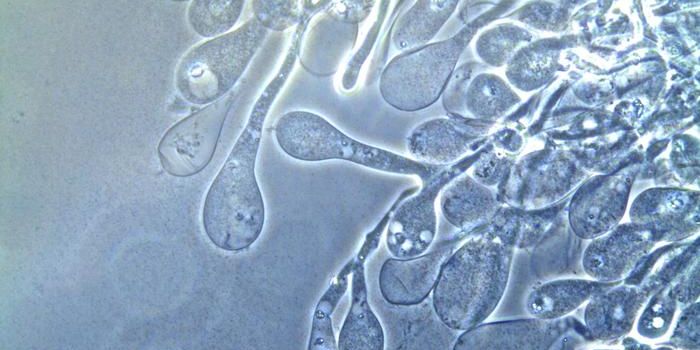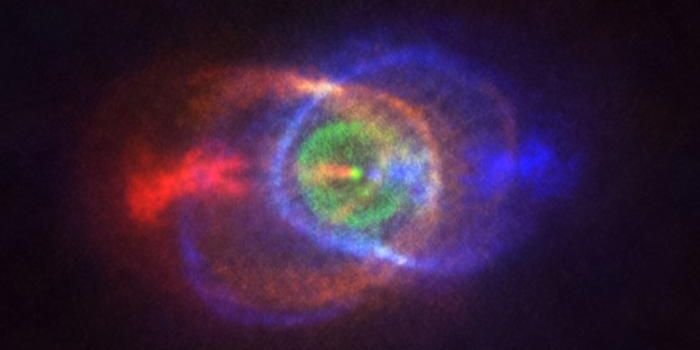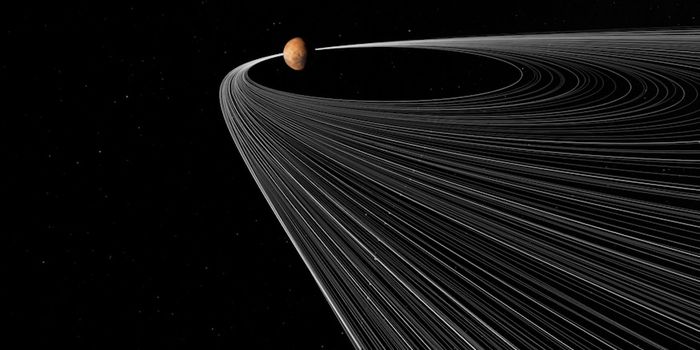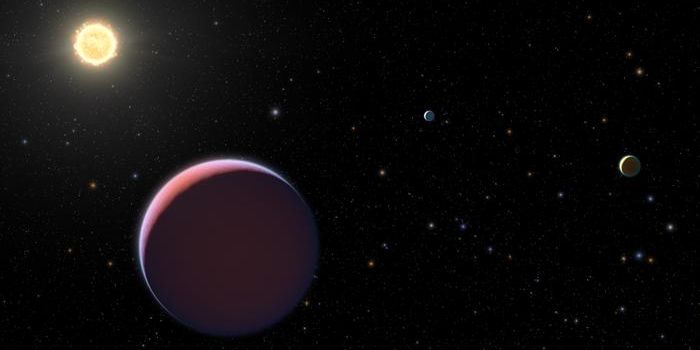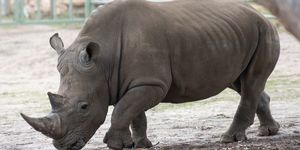Hayabusa-2 Departs Ryugu Asteroid to Return to Earth with Samples
It’s been just over a year since JAXA’s renowned Hayabusa-2 mission arrived at asteroid 162173 Ryugu to study the dynamics of the distant space rock and collect surface samples that would later be returned to Earth for scientists to analyze up close and in person. Just this past week, however, Japan’s spacecraft departed its routine orbital trajectory around Ryugu to return home with its newfangled payload.
Image Credit: JAXA
This is great news for mission scientists who we’d bet can’t wait to get their hands dirty with the raw space rock material, but we should mention that it will be a while before Hayabusa-2 physically returns to Earth. The tiny world it was probing for the past year is somewhat far away from us at approximately 190 million miles away, and with that in mind, mission scientists aren’t expecting Hayabusa-2 to return to Earth until late 2020.
Notably, it took Hayabusa-2 more than three years to arrive at asteroid Ryugu after launching from Earth in 2014, but it will only take about a year for the spacecraft to return. This has to do with how the planets move as they orbit the Sun, and with that in mind, the Earth is now much closer to Ryugu than it was several years ago. One might even say this was opportune planning on the mission team’s part.
After the Hayabusa-2 spacecraft gets close enough to Earth, it will eject a capsule containing Ryugu’s surface material samples into the planet’s atmosphere. Mission scientists approximate that it will land somewhere in the South Australian desert, and when it does, someone related to the mission will be present to track the goods, collect them, and transport them to safety.
There are seemingly countless asteroids in the solar system around us, and with that in mind, you might be wondering, ‘why Ryugu?’ As it turns out, the asteroid is a pristine relic of the early solar system, and mission scientists are optimistic that studying the asteroid will provide critical information about what the universe may have been like before the Earth ever formed.
Given the circumstances, it should be particularly interesting to see what we learn from the asteroid’s surface samples when they finally arrive. On the other hand, NASA's OSIRIS REx mission continues to explore another asteroid in our solar system named Bennu with similar plans to return surface samples to Earth. That said, Hayabusa-2 isn't the be-all and end-all of modern-day asteroid exploration, and the future of space exploration looks bright.
Source: BBC


